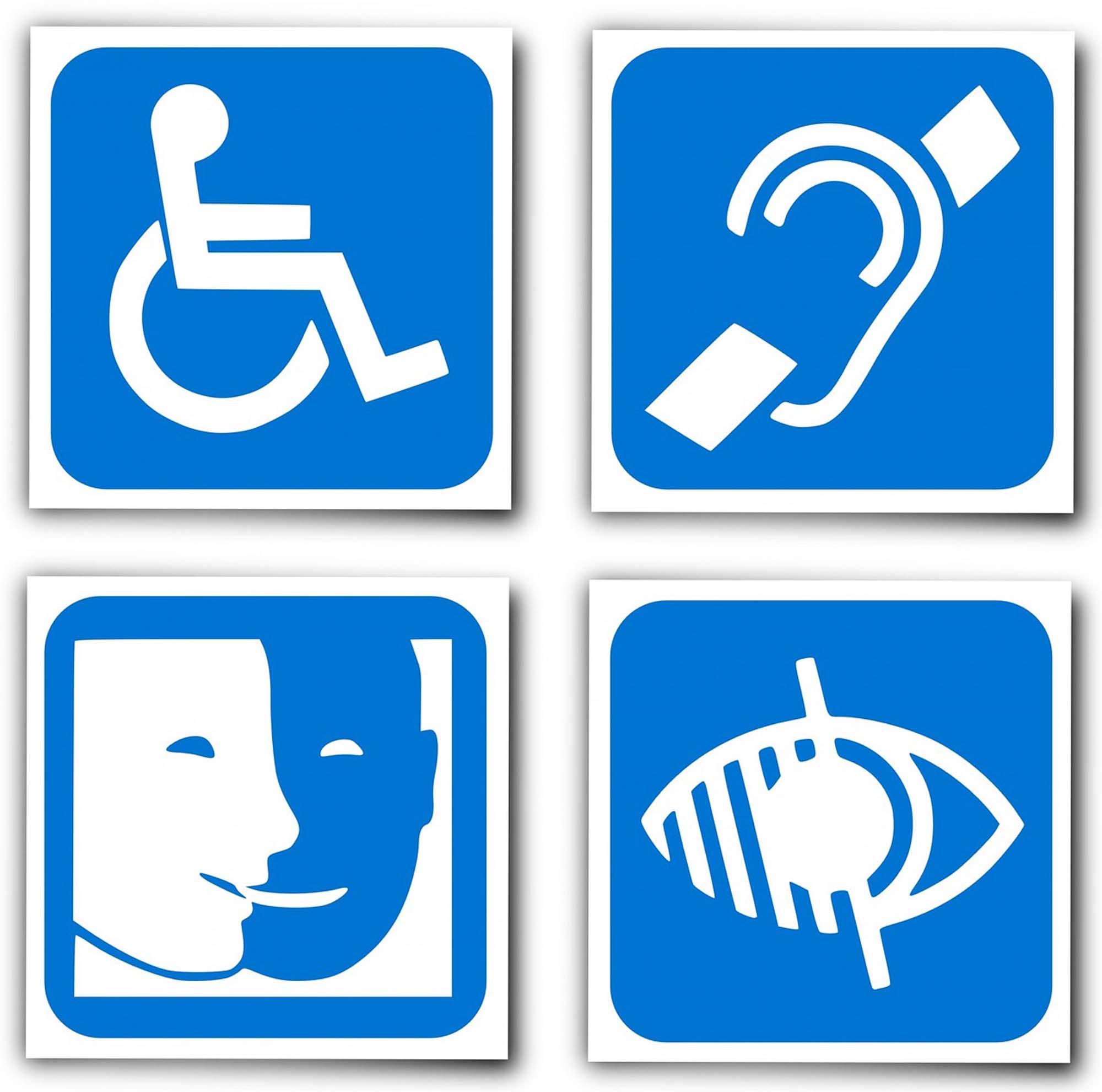 To attract the most qualified employees for the job, it is important that your company’s environment encourages diversity and openness to all types of people. This includes being able to accommodate employees with visual or auditory disabilities. According to Title I of the Americans with Disabilities Act (ADA), employers are prohibited from discriminating against individuals with disabilities in companies of 15 or more employees. Under this provision, employers must make reasonable accommodations for disabled candidates and employees on and off site, such as an equal opportunity job application process and allowing employees to obtain the same benefits as employees who don’t have disabilities.
To attract the most qualified employees for the job, it is important that your company’s environment encourages diversity and openness to all types of people. This includes being able to accommodate employees with visual or auditory disabilities. According to Title I of the Americans with Disabilities Act (ADA), employers are prohibited from discriminating against individuals with disabilities in companies of 15 or more employees. Under this provision, employers must make reasonable accommodations for disabled candidates and employees on and off site, such as an equal opportunity job application process and allowing employees to obtain the same benefits as employees who don’t have disabilities.
For visually impaired individuals or those who are hard of hearing or deaf, accommodations must be made to ensure that your working environment is nondiscriminatory.
During the Interview
During the candidate selection process, employers should be aware of the following:
- Focus on the tasks required for the position, not on the disability.
- Ask the applicant what types of accommodations he or she needs to feel comfortable at the interview.
- Provide an electronic application to visually impaired applicants, or have someone read the application aloud and record applicants’ responses.
- If administering an employment test is protocol at your company, have someone read the test aloud to visually impaired applicants, or send a link to the electronic test. Also, contact your local agency for the blind to administer the test to the applicant.
- Present the applicant with the required forms to fill out in Braille or large print, or electronically with the assistance of a speech synthesizer.
- Avoid asking applicants anything about their disability.
- Provide a sign language interpreter for interviews with hard of hearing or deaf applicants.
For Hard of Hearing or Deaf Employees
To ensure the working environment is nondiscriminatory for hard of hearing or deaf employees, consider the following:
- Provide a sign language interpreter or note taker for staff meetings and training programs.
- Obtain telecommunication devices (TTYs), text telephones, video relay service software, instant messaging software and/or flashing ringer handsets.
- Place flashing lights on smoke alarms to alert employees of a fire or drill.
- Install assistive hearing systems in conference rooms to amplify the sound for employees wearing hearing aids.
- For presentations, install televisions with closed captioning in conference rooms.
For Visually Impaired Employees
To ensure the working environment is nondiscriminatory for visually impaired employees, consider the following:
- Ask employees if they need assistance when entering a part of the office that they are unfamiliar with.
- Allow Seeing Eye dogs in the office.
- Include Braille versions of equipment and manuals.
General Accommodations
The following are general accommodations your business can take promote compliance:
- Transfer nonessential job functions to other employees.
- Assign the employee to a work station with assistance equipment available.
- Allow the employee to attend medical appointments on an as-needed basis.
- Modify employee communication materials so that disabled employees can obtain and use the information as comprehensively as other employees.
- Treat the employee with the same respect and courtesy that others receive.
Looking for more helpful HR information like this? Our clients can access articles, checklists, guides, and receive alerts about changes to wage and labor laws with our HR services. Request a free quote.
© 2019 Zywave, Inc. All rights reserved.
